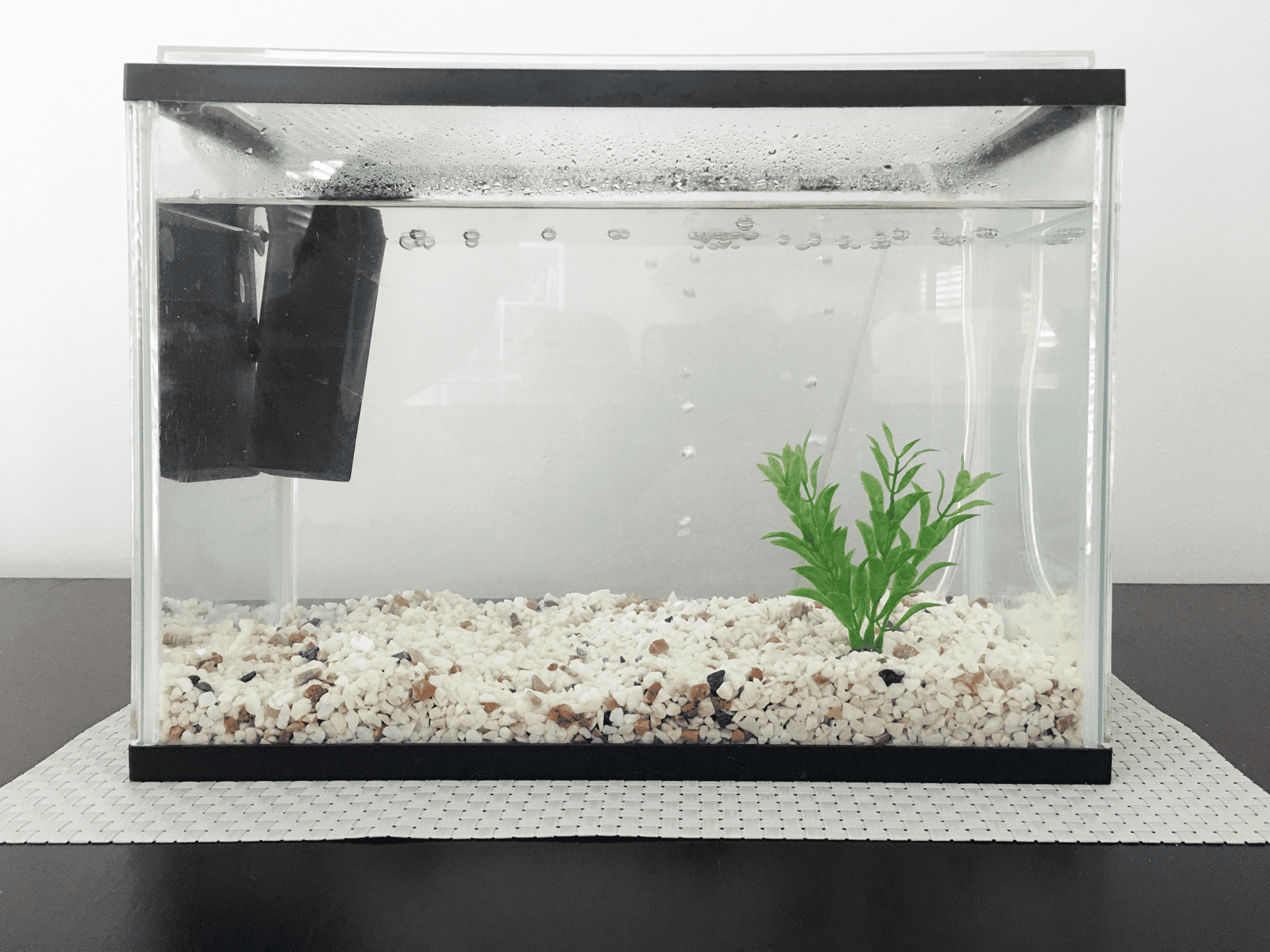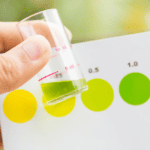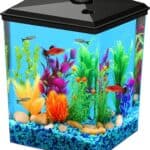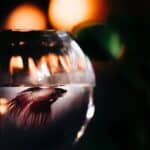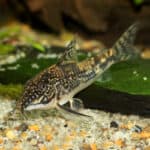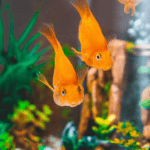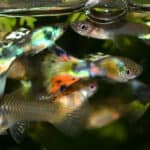Cycling your fish tank is crucial to establish a healthy, thriving aquatic ecosystem. It might sound complex, but it’s a relatively straightforward process once you get the hang of it. This article aims to guide you through the step-by-step process of properly cycling a fish tank.
The Importance of Cycling Your Fish Tank
Cycling your fish tank is like laying the groundwork for a city. It’s all about preparing the tank for its future inhabitants by ensuring the right conditions. Without this preparatory phase, your fish could be stepping foot into a hostile environment.
A properly cycled tank has a biological filter – a living system of beneficial bacteria. Think of this bacteria as an army of waste managers, diligently converting harmful substances into less toxic ones. Their work is essential to maintain a safe environment for your fish.
Understanding the Nitrogen Cycle
Imagine a miniature water treatment plant within your fish tank. That’s effectively the nitrogen cycle – a series of chemical processes where beneficial bacteria break down harmful toxins.
Here’s a quick look at how this cycle unfolds:
- Fish produce waste and leftover food decomposes, releasing Ammonia (NH3) – harmful to aquatic life.
- Nitrosomonas bacteria convert Ammonia into Nitrite (NO2-) – still toxic.
- Nitrobacter bacteria transform Nitrite into Nitrate (NO3-) – far less toxic, easily managed through routine water changes.
How to Cycle Your Fish Tank
Before embarking on your journey to cycle your fish tank, gather the necessary equipment:
- A fish tank
- Dechlorinated water
- A source of Ammonia
- A water testing kit
- Time and patience
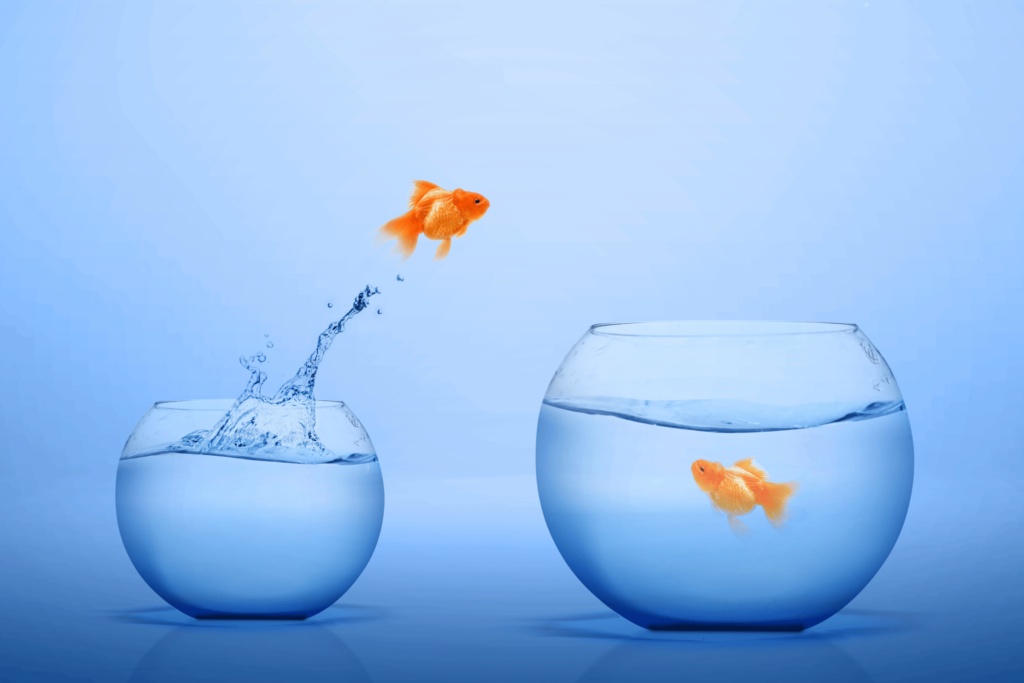
Step 1: Set up Your Tank
Fill the tank with dechlorinated water. Dechlorination is crucial because chlorine kills the very bacteria we need to cultivate. Set up the heater and filter, but don’t introduce any fish yet. It’s like setting up a stage before the actors come on.
Step 2: Add a Source of Ammonia
Add a source of ammonia to mimic the waste your fish will produce. This could be fish food or a commercial ammonia source. The bacteria we aim to grow are like seeds; they need ‘food’ (in this case, ammonia) to germinate and flourish.
Step 3: Test the Water Regularly
Testing the water is like regularly checking the progress of a construction project. Use a water testing kit to monitor ammonia, nitrite, and nitrate levels. Watch for ammonia to rise first, followed by nitrites. When nitrates begin to appear, it signals the cycle is progressing.
Step 4: Wait for the Cycle to Complete
Patience is key here. It can take anywhere from 2 to 6 weeks for a fish tank to fully cycle. It’s a slow process, much like watching a tree grow. But once it’s done, you’ll have a thriving ecosystem ready to support your fish.
Step 5: Introduce Your Fish
Once you notice a steady decrease in nitrites and a rise in nitrates, it’s time to introduce your fish. Start slowly, adding a few at a time, allowing the bacterial population to adjust. It’s akin to gradually increasing the population of a city to ensure infrastructure can cope.
The Fishless Cycling Method
This method of cycling, as the name suggests, is performed without fish. Think of it as a dress rehearsal before the main event. It’s more humane because it avoids subjecting live fish to toxic conditions. The process is the same as above, but without the stress of potentially harming your aquatic pets.
Troubleshooting Common Issues
Cycling a fish tank is generally a straightforward process, but it’s not unusual to encounter some hiccups along the way. Here are common issues and their solutions:
Problem: Ammonia or nitrite levels are not decreasing.
Solution: Check the temperature and pH of your water. Beneficial bacteria thrive in temperatures between 65-85°F and a pH range of 6-8. Adjust if necessary. It’s akin to ensuring the right conditions for a plant to grow.
Problem: The cycling process is taking longer than 6 weeks.
Solution: This can be a sign of insufficient ammonia to start the cycle, much like a car needing fuel to run. Consider adding more.
Cycling with Fish
While it’s less recommended due to the potential harm to fish, cycling with fish is possible. Hardy fish species like zebra danios or white cloud minnows are often used. They are like the pioneers in a newly settled land, capable of surviving tougher conditions.
This method follows the same steps as fishless cycling, with the addition of carefully monitoring your fish for signs of stress. Frequent water changes will be necessary to keep toxin levels low.

Conclusion
Cycling your fish tank is the fundamental first step in ensuring a healthy and thriving environment for your aquatic pets. The process, akin to setting up the foundation of a building, might be time-consuming, but the benefits outweigh the wait. By understanding and implementing these steps, you’ll provide a more sustainable and safer home for your fish – a vibrant underwater city thriving with life.
Frequently Asked Questions
Q1: How long does it take to cycle a fish tank?
A: The cycling process typically takes anywhere between 2 to 6 weeks. However, this timeline can vary based on factors such as the tank’s size, temperature, pH level, and the amount of ammonia present.
Q2: Can I add fish to the tank immediately after setting it up?
A: It’s not recommended to add fish immediately after setting up the tank. The tank needs time to cycle and establish a healthy population of beneficial bacteria. Adding fish too early can expose them to harmful levels of ammonia and nitrites.
Q3: Can I speed up the cycling process?
A: Yes, the cycling process can be accelerated by introducing a source of beneficial bacteria. This can be achieved by adding a bacteria starter culture or filter media from an established tank. It’s like transplanting mature trees instead of planting seeds.
Q4: Why are my fish dying after I’ve cycled my tank?
A: If your fish are dying even after you’ve cycled the tank, there might be other stressors involved. These could include incorrect temperature, pH imbalances, aggressive tank mates, or disease. It’s crucial to test the water parameters regularly and observe your fish for signs of stress.
Q5: How often should I test my tank water during the cycling process?
A: It’s recommended to test your water every few days during the cycling process. It helps monitor the rise and fall of ammonia, nitrite, and nitrate levels, ensuring that the cycle is progressing as it should.
Q6: What should I do if the ammonia or nitrite levels are not decreasing?
A: If the ammonia or nitrite levels are not decreasing, check the temperature and pH of your tank water. The beneficial bacteria required for the nitrogen cycle thrive in temperatures between 65-85°F and a pH range of 6-8. Adjust if necessary.
